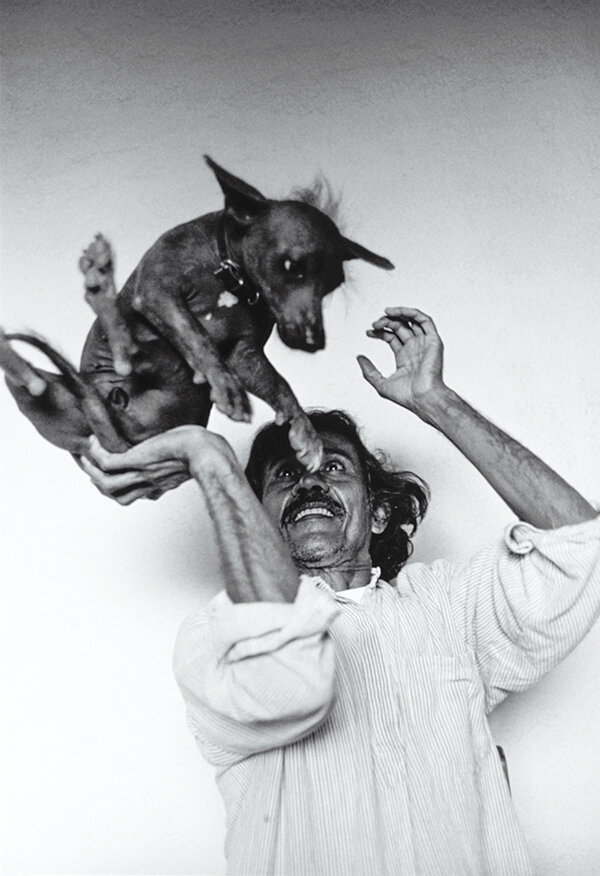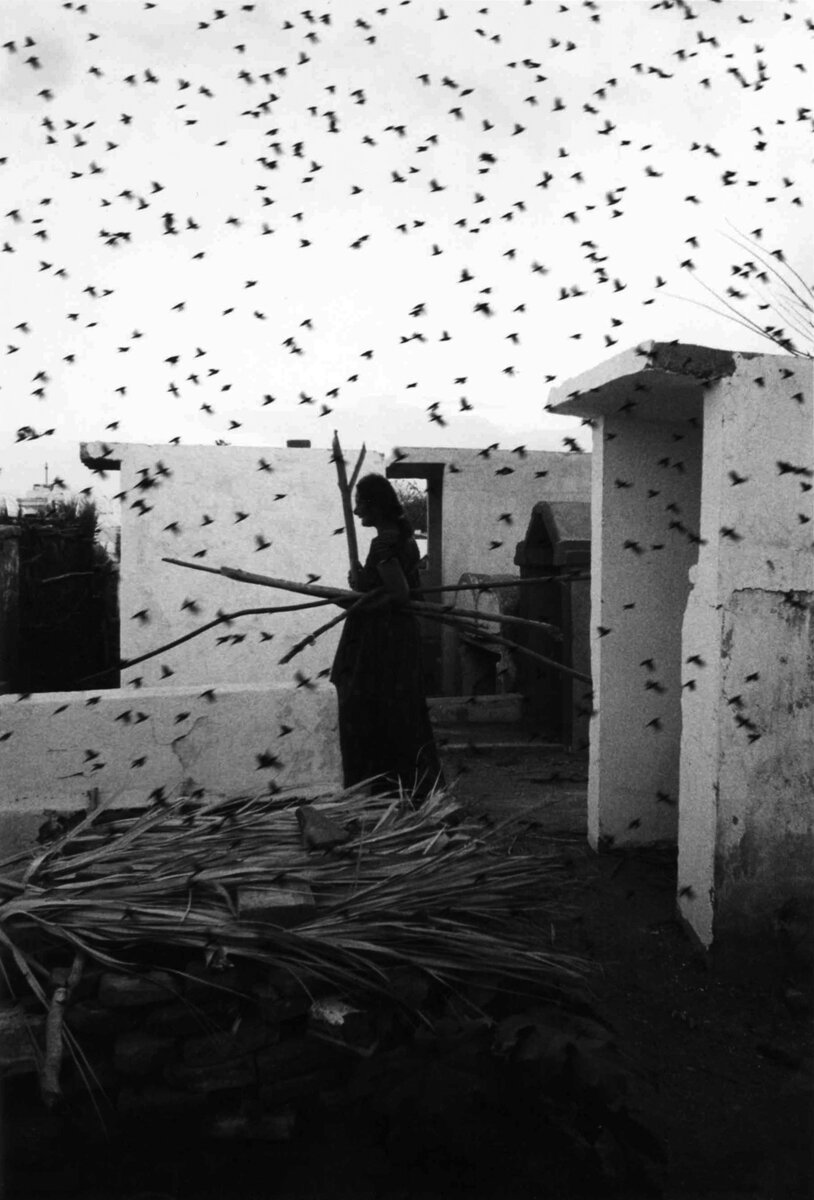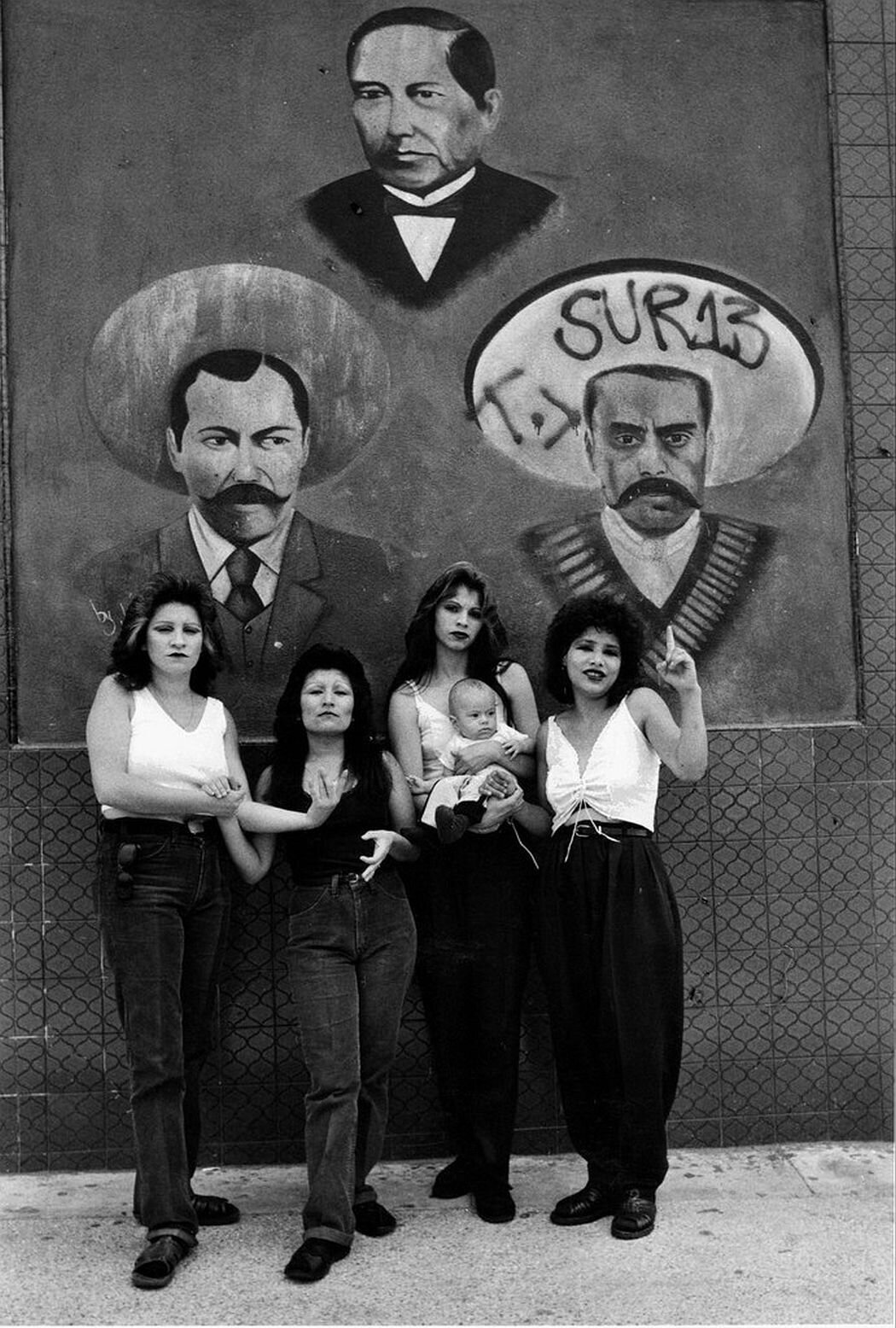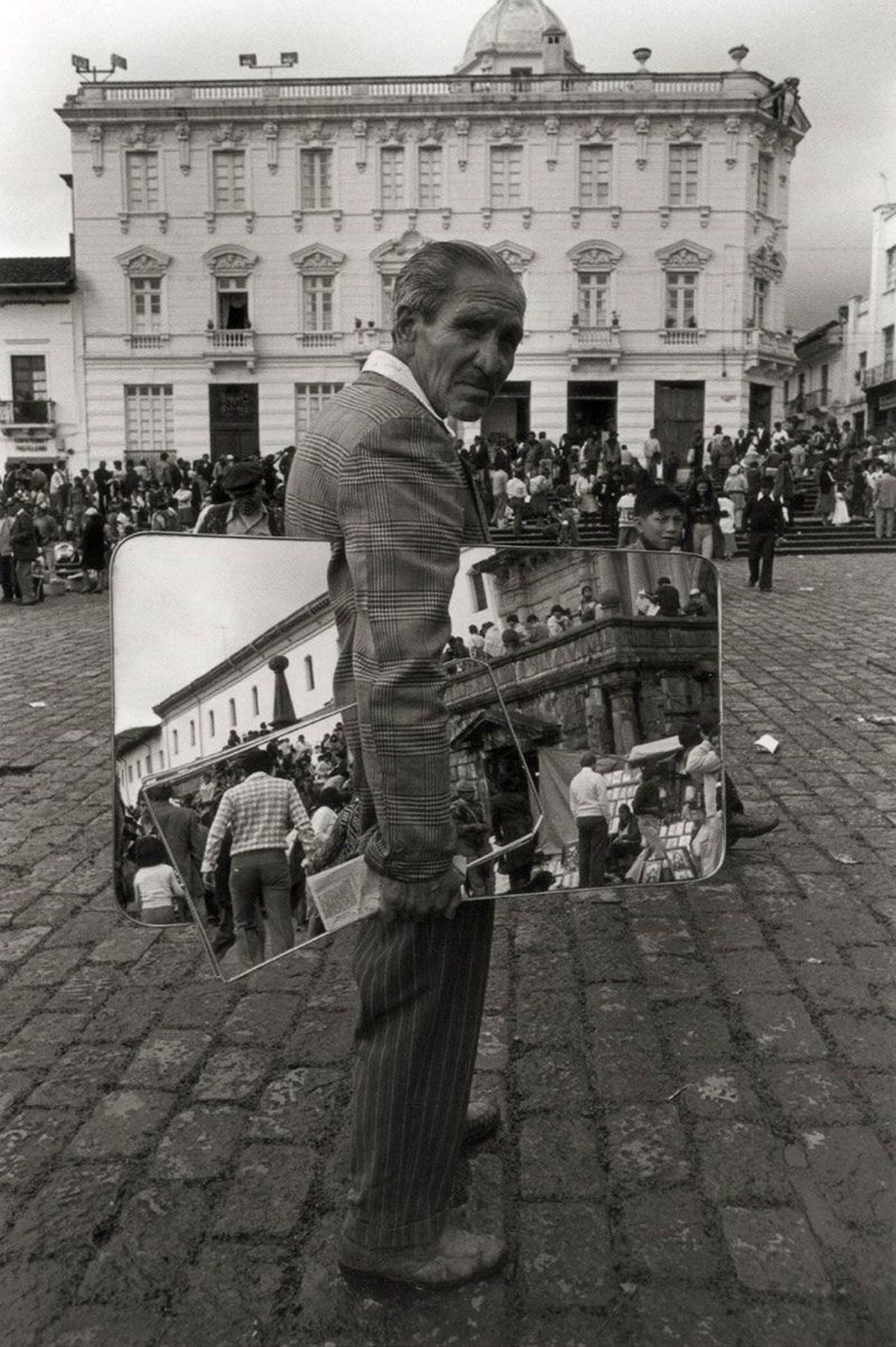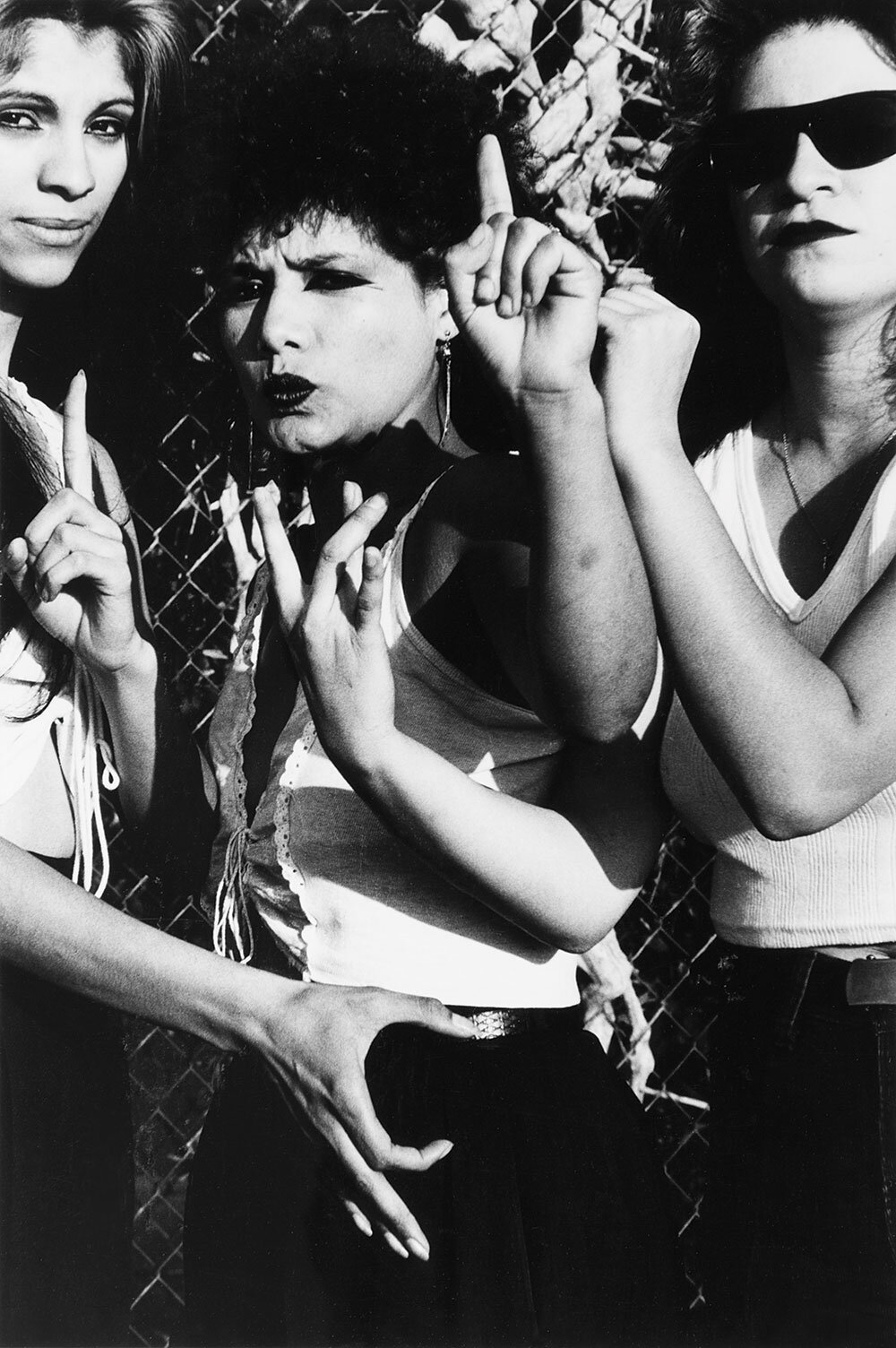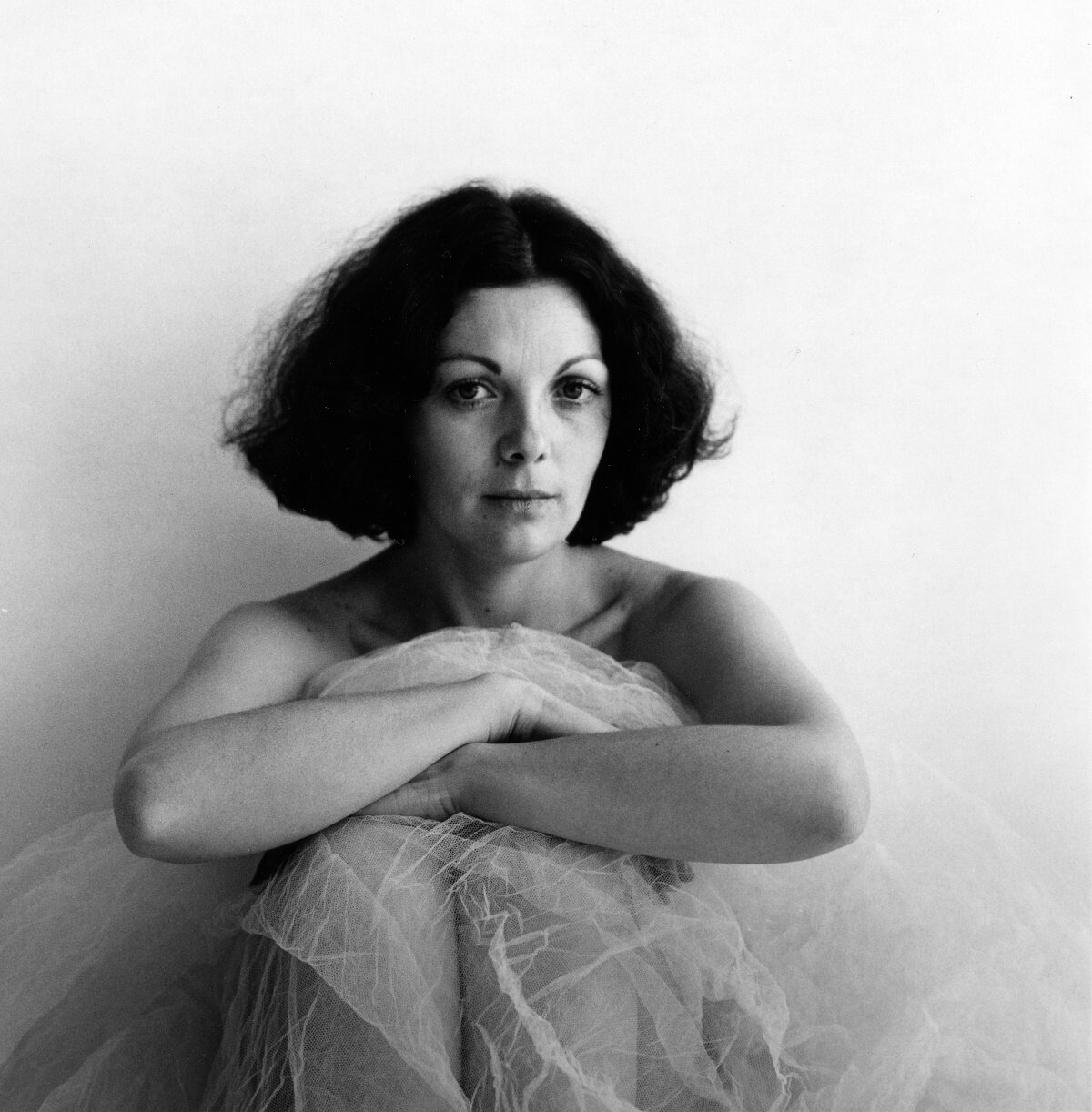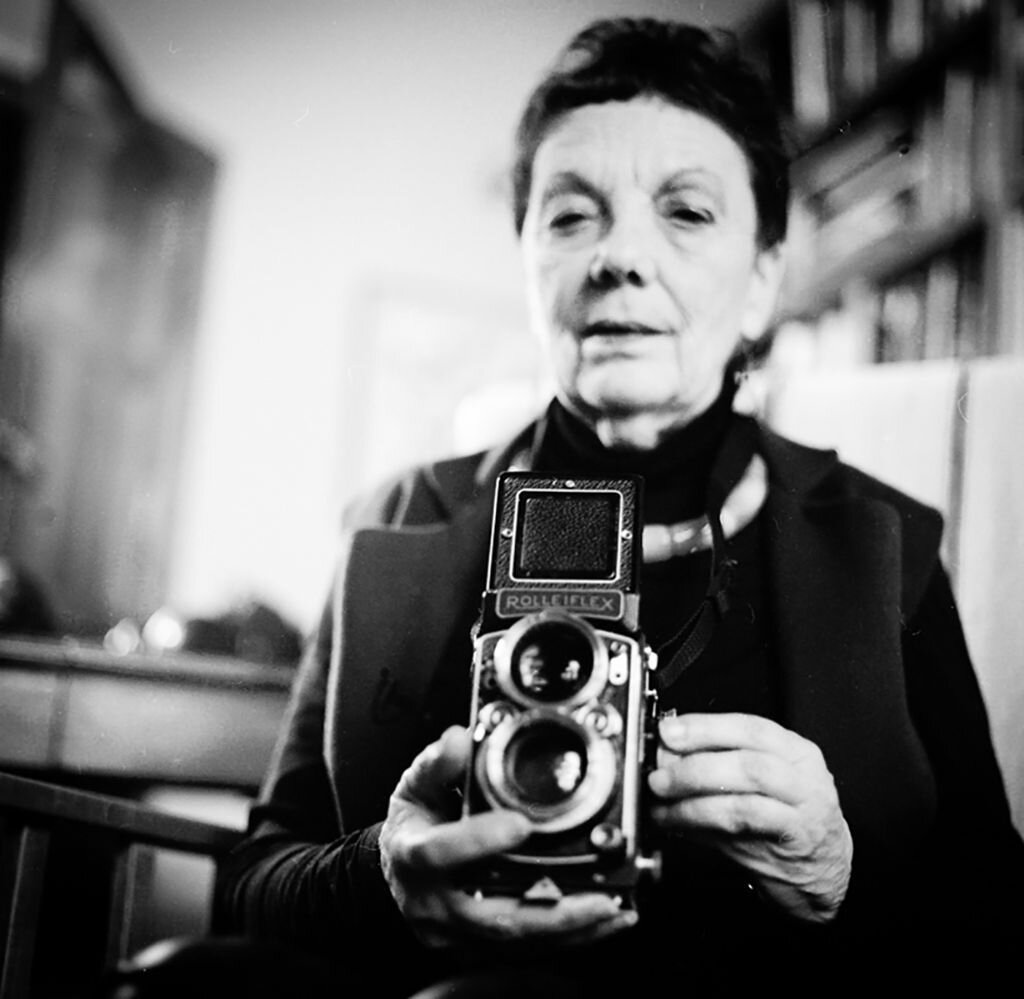(EN) 24: La verdad de la fotógrafa
A portrait is so much more than a space, a subject, and a keen eye. It’s a place, a person, and a photographer’s truth.
A quick note: This episode is partially centered around the Comcáac, an indigenous people who live in Sonora in Mexico, and who are often referred to as the Seri people, even though that is not the name they call themselves. Many of the sources around the piece we are looking at, as well as the artist herself, predominantly use the name Seri, and we will do the same when discussing those historical perspectives. Elsewhere we will use the name Comcáac.
This episode also contains references to colonialism and oppression when discussing the history of the Comcáac and other indigenous peoples, though never in explicit detail. Please take care of yourself while listening to Accession.
Mujer ángel, Desierto de Sonora, Graciela Iturbide, 1979.
Notes
The Art:
This episode was inspired by Graciela Iturbide’s Mujer ángel, Desierto de Sonora, which we originally saw at the Phoenix Art Museum, in Phoenix, Arizona.
Sources:
This episode uses quotes from an interview between Graciela Iturbide and Fabienne Bradu that can be found in Conversaciones con fotógrafos. As well this episode draws upon photography theory discussed in Susan Sontag’s On Photography and Roland Barthe’s Camera Lucidia.
Support:
Help support the fight for systemic change in Minneapolis, by donating to Reclaim the Block.
Credits:
This episode was written and produced by T.H. Ponders, with production and script editing by Ana O’Daniel. The voice of Graciela Iturbide was Ria Couoh. The Spanish version was translated by Melisa Palferro, and narrated by Claudio Venancio.
The shows theme music is played by Mike Harmon, with recording and production by Casey Dawson. This episode features music by Blue Dot Sessions. Our season two art was made by the incomparable V Silverman. Accession is produced by T.H. Ponders and Ana O’Daniel. Our executive producers for this season are Charles Gustine and James Oliva.
Transcript
Welcome to Accession. Today, we were going to be at the Phoenix Art Museum in Phoenix, Arizona, looking at an incredible collection of photographs by the artist Graciela Iturbide. But in the time since I went there last summer, the exhibit has closed. The beautiful thing about photography though, is that it is incredibly replicable. Prints of Iturbide’s work exist in galleries around the world, in beautifully glossy art books that you can find in your library, and we’ve even collected our favorites on the website. So one way or another, find a collection of Iturbide’s work, a place where you can get lost in the world of her gelatin silver prints. And when you find that collection, you’ll almost certainly find the subject of today’s episode; Iturbide’s Mujer ángel, Desierto de Sonora; the Angel Woman of the Sonoran Desert.
A gentle breeze blows across the desert. We hear the chirps of dessert critters, and the sounds of people walking through the desert. Their voices are muffled by the world around them.
Iturbide: “¡Sigue! Quiero sacar una foto.”
(En: “Keep going! I want to take a photo.")
Iturbide (Narration): “No entiendo qué me hace sacar una foto. Cuando aprietas el gatillo de la cámara, quizá se resumen en tu intuición todo lo que has aprendido y tu imaginación, sin por ello falsear la realidad.”
(En: “I don’t know why I take a photograph. When you click the shutter of the camera, maybe everything you’ve learned and all your imagination combine into an intuition that keeps you from faking your reality.”)
The shutter goes off, and in an instant, the desert snaps to silence.
She stands tall, angled forward, her skirt trailing behind her, looking over the vast Sonoran Desert in front of her, with a posture that, as Iturbide described it, makes it look “como si pudiera volar hacia el desierto”. (“Like she could fly off into the desert.”) Her hand and hair are entwined and anchored into the crevice between two rocks on the side of a hill, giving the viewer a sense of the connection she has with the land; as if the triangle made by her arms outstretched is another mountain rising out of the desert, like the ones on the distant horizon; as if her black hair tousled in the desert wind is the same as the soft black petals on the flowers that sway just out of focus in the foreground. Even the folds of her skirt and their very subtle gradient of grays echo the subtle gradient in the grays of the clouds in the sky above. Her connection to the land is one story, part of the truth of this photograph. She is the Mujer ángel, the Angel Woman of the Sonoran Desert.
But then, just there, in her hand is a boombox. An item that seems like it should be out of place, yet somehow fits. And it in no way contradicts the truth of her connection to nature. It merely compliments it, complexifies it; it questions the truth we think we’ve seen, and reassures us of it. Because a woman in a flowing skirt on the edge of an escarpment who looks as if they could fly off into the desert- it’s a wonderful story. But who, in telling that story- who in staging that photograph would think to put a boombox in the woman’s hand? It has to be true.
And this is one of the things that gets lost when we talk about the great photographers. Because the camera is such a scientific process, we think that what we see must be the truth, reality. Then, when we go on to defend the artistic genius of the photographer, we praise their ability to take raw truth and sculpt it into a story; a space, a subject, a photographer’s keen eye. We can think of Ansel Adams telling a story with a mountain's sheer edge, or Dorathea Lange telling a story with the face of a forlorn mother, and the hidden faces of her children. But that kind of narrative will miss Graciela Iturbide entirely. Because she isn’t showing us stories built out of the truth. She’s showing us the truth, built out of stories.
So as we talk about these stories, I urge you to walk around, or flip through the pages of your book. If you’re reading the transcript on our website, I’ve posted a number of her images to look at as you follow along.
Shutter Snap.
Iturbide: El Lugar (The Place)
Before we can tell the story of Iturbide, or the stories of the subjects of her photographs, we first have to tell the story of the place. Iturbide is not afraid of letting the space around her subjects interact with her subjects. She never works to isolate or seperate them. Just look at how often nature finds its way into her photographs; a flock of birds swarm around a telephone wire, a man balancing a dog on his hand, or a woman with a crown made out of iguanas. She photographs her subjects against the desert, amidst the plains, in their homes and their cities, on the streets where they live and work every day. Stained concrete floors, cracked stucco walls, fading murals, torn fences, all with stories of their own that Iturbide does nothing to hide. Nor should she.
Iturbide: “Es más importante conocer los mundos adonde voy, es tan atractivo este conocimiento que la fotografía casi pasa a segundo término… Al sacar una foto, sucede algo muy distinto a cuando estás documentándote sobre ese mundo”.
(En: “To me, it’s more important to get to know worlds I travel in; this knowledge is so attractive that the photography almost takes second place… When you take a photo of a place, something very different happens from when you read a book about the same place.”)
Iturbide knows that the story of a person told by a photograph is composed of both who they are and where they are.
Shutter Snap.
Iturbide: La Gente (The People)
Spend any amount of time with Iturbide’s photographs, and you’ll know the stories of some of the most interesting people you’ve never met. Take for instance Magnolia. During Iturbide’s time amongst the Zapotec, one of Mexico’s many indigenous peoples, who live in the state of Oaxaca, she met a muxe named Magnolia. In Zapotec culture, a muxe is a person who was assigned male at birth, but wears femme clothing and acts in the ways traditionally associated with women. This is a widely accepted and celebrated third gender among the Zapotec, but is not to be confused with the transfemme or nonbinary identities you may be familiar with.
In these photographs, we see Magnolia how she wants to be seen and we see her as a representative of the story of muxe identity. But neither one holds more of the space than the other. And that's entirely because of the time Iturbide spent talking to Magnolia and listening to her story. When Iturbide was commissioned to collect ethnographic photos of groups like the Zapotec, she put in the time and work to get to know people. She would live with them, talk to them, listen to them, learn from them, and ultimately earn their trust before she ever took a photograph. That work and dedication shows itself in every photo Iturbide takes, be it a young girl going through a coming of age ceremony, a group of cholos in east L.A., or a Zapotec muxe named Magnolia. Candid or posed, Iturbide took the time to listen and hear the stories she was set to photograph. Iturbide’s subjects are being shown both how they are and how they want to be seen, and she lets those two stories overlap naturally.
Iturbide: “Lo importante es el cruce entre la intuición y la disciplina, porque hay que estar atento y a la vez ser invisible. El ojo debe estar atento y captar muy rápidamente todo lo que traes dentro, no sé cómo explicarlo… La labor del fotógrafo es sintetizar, hacer una obra poética y fuerte a partir de lo cotidiano.”
(En: “The important thing is the intersection between intuition and discipline, because you have to be alert and, at the same time, invisible. The eye has to be alert and capture very quickly everything inside of you. The photographer's job is to synthesize, to make strong and poetic work from daily life.”)
Iturbide knows that the story of a photographer gets to show is as much one that is freely given as it is one spontaneously discovered.
Shutter snap.
Iturbide: La Fotógrafa (The Photographer)
It’s not enough to let the place and setting of a photograph interact with your subjects. It’s not enough to listen, and learn, and respect, and love the people you are photographing. You must also have a photographer, a vessel through which all those things flow. And no photographer is neutral.
Iturbide: “…con la cámara tú interpretas la realidad. La fotografía no es la verdad. El fotógrafo interpreta la realidad y, sobre todo, construye una realidad propia, de acuerdo a sus conocimientos o sus emociones… Sin la cámara, ves el mundo de una manera, y con la cámara, de otra; por esta ventana, estás componiendo, incluso soñando con esta realidad, como si a través de la cámara se estuviera sintetizando lo que tú eres y has aprendido del lugar. Entonces haces tu propia imagen, estás interpretando. Al fotógrafo le sucede lo mismo que el escritor: le resulta imposible obtener la verdad de la vida.”
(En: “…with the camera you interpret reality. Photography is not the truth. The photographer interprets reality, and, above all, constructs their own reality according to their own awareness of their own emotions… Without the camera, you see the world in one way, with the camera, in another. Through this window you’re composing, and even dreaming about, this reality as if, through the camera, you were synthesizing what you are with what you’ve learned of a certain place. Then you make your own image, your own interpretation. The same thing happens to a writer as a photographer. It’s impossible to capture the truth of life.”)
Iturbide knows that she is not independent from her photographs. Her story has to be a part of the truths being built.
So as you wander through the many photographs she’s taken, slowly find your way back to where we started, the Mujer ángel, and we will hear how the stories of the place, of the people, of the photographer, of the woman, and of the boombox, overlap in this image.
Shutter snap. The desert soundscape is built as we work through the story.
The story starts long ago. For many, many years, the wind and sun, by erosion and rain, slowly carved out a region that would one day be called the Sonoran Desert. And in that region, there were people. Many different people, of different cultures and backgrounds, one of whom called themselves the Comcáac. In the heat of the Sonoran desert, these people fished the Gulf of California and farmed the land and thrived. But then, other people arrived in the region, people who called themselves Spanish and Mexican and American, people who wanted the land that the Comcáac had always called their home. The Comcáac, who were incorrectly called the Seri People by the Spanish and the Mexican and the Americans, did everything they could to hold onto their culture and their language. They survived ruthless masacres, foreign diseases, and generations of desert wind and external pressure trying to erode their culture into sand. They held on and they survived. But more than just surviving, even in the face of oppression, they continued to fish, they continued to farm, and they continued to thrive.
Eventually, an agency was created that called itself the Ethnographic Archive of the National Indigenous Institute of Mexico, that thought it was important for the culture of the people, who they still incorrectly called the Seri, to survive, or at least, to be archived. And so, in 1978, they commissioned Graciela Iturbide to take photographs of the Seri people as a means of doing just that. Now from our perspective today, with a limited understanding of the specific details of history, but our broader understanding of the trends of history, it’s hard not to see the motivations of the Ethnographic Archive of the National Indigenous Institute of Mexico as some ill-conceived colonial notion of preserving the culture of a people who they believed were disappearing. But from the same perspective, looking through the thousands upon thousands of photographs that Iturbide took, it’s clear that her motivations were very different.
For Iturbide, the Comcáac and the Zapotec and the people she photographed were just that- people. People with lives. People with homes. People whose lives and homes had been incredibly complicated by systems of colonization and oppression, and who found a way to continue on. And in those people, and those places, Iturbide found the truth. The truth that she wanted to show the world, the truth that she knew needed to be told. And so, she lived with the people in Punta Chueca. She talked to them. She listened to them. She learned from them. She earned their trust. And eventually, she photographed them.
And after having lived with them for a year, she and a group of women decided to go on a hike to a cave that was covered in the paintings of the Comcáac people. One of these women carried with her a boombox that she had traded for with some Americans so that she could listen to Mexican radio. And in that moment, Iturbide saw the overlap of all those stories, saw the woman walking ahead of her, saw her holding onto the land, saw her holding onto the boombox, saw her holding onto her culture, saw her looking out over the fast Sonoran Desert, dreamed of this reality, and…
Iturbide: “¡Sigue! Quiero sacar una foto.”
The shutter goes off, and in an instant, the desert snaps to silence.




